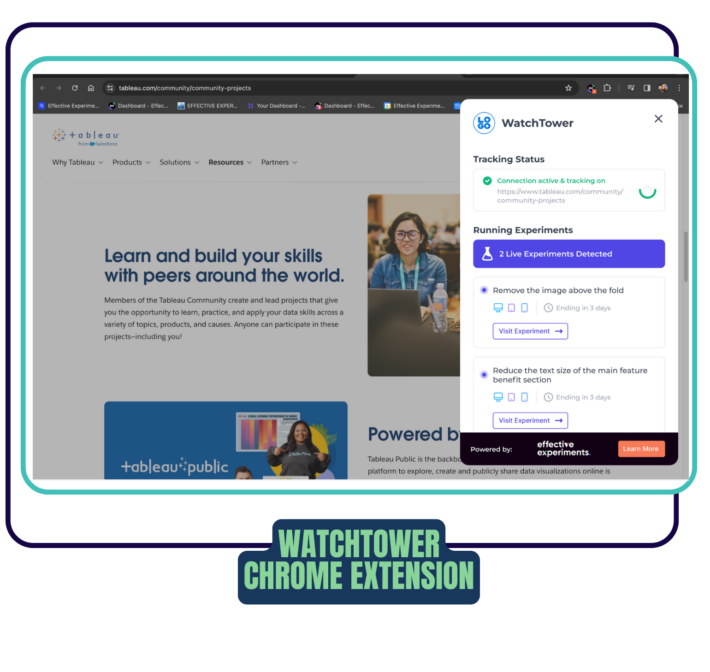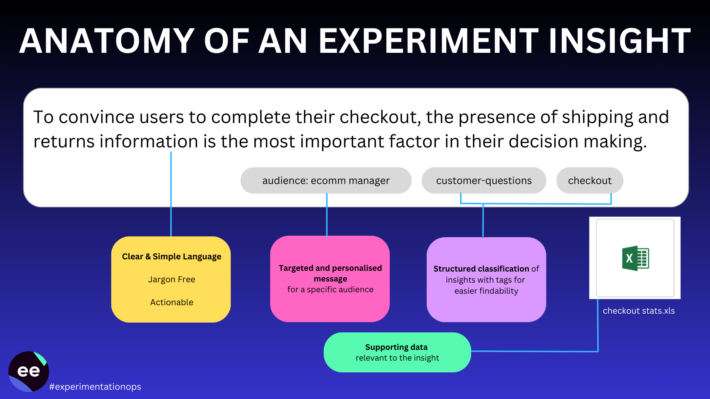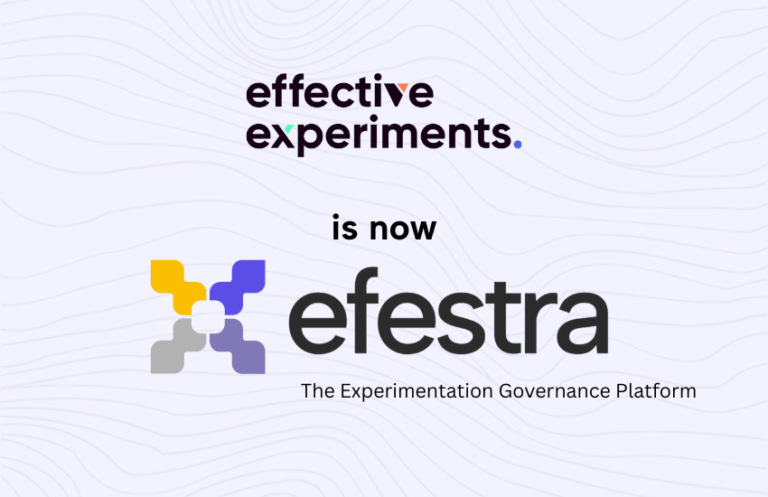
Having a steady stream of ideas is important when running an experimentation program.
Your backlog should be a collection of ideas from a variety of source. These would range from the ad hoc spur of the moment ideas to more well thought through research backed ideas as well as ones collected by crowdsource. Collecting these ideas and storing it in some form of backlog is one half of the battle.
A bigger challenge for optimization teams is how to meaningfully manage the backlog. Too often, backlogs are not given enough care and attention and over time become bloated, cumbersome and tough to manage.
It makes no sense having a bloated backlog. The argument that you might be able to look back at ideas in the future falls flat once you consider this. Your experimentation roadmap has limited capacity depending on your traffic bandwidth, tests already scheduled and the bandwidth of your development teams. The probability of being able to test all possible ideas in your backlog is a futile exercise. The ideas in your backlog will soon be replaced by newer and fresher ideas from your learnings. Having a cluttered backlog slows you down in many ways. It becomes harder to find what you’re looking for and it becomes a mission to weigh up all the possible ideas objectively. It’s easy to get overwhelmed by the wealth of choice and if you’re familiar with the paradox of choice, you know that this results in indecision.
To cut through the noise and ensure that you have a healthy backlog, an optimization team must be disciplined in maintaining it on a consistent basis.
Here’s a few action steps that you can put into practice immediately to ensure you can have a healthy idea backlog. One that avoids overwhelm and indecision.
1. SET THE RULES & THRESHOLDS
Split all your ideas into 3 main sections – Backlog, Prioritised, In Test Pipeline
Backlog is essentially a collection of all the ideas you have gathered from multiple sources. This hasn’t been fully vetted for quality or validity nor has it been prioritised yet. That comes next.
Prioritised is when your ideas have been weighted based on the factors that will determine its viability. These could be based on time to develop, time to run, impact, etc.
In Test Pipeline is when you have started building the test brief, planning the launch and execution.
Now comes the part where as optimizers, you need to be disciplined in drawing the line in the sand.
You should set firm guidelines about how long an idea should remain in the backlog for. What time limit would you put on an incoming idea before you decide it has been there long enough?
The main cause of backlog bloat is because it’s treated as a data dump rather than an evolving list of ideas that change over time.
Remember – Quality is better than quantity. You might experience FOMO (fear of missing out) when taking action on moving ideas out of the backlog
Set a due date on every incoming idea to notify you when an idea has crossed the maximum limit of time you defined.

In Effective Experiments, you can easily set thresholds and automate your backlog to visually highlight ideas that are past their threshold times.
2. REVIEW REGULARLY & CONSISTENTLY
Your backlog will fill up pretty quickly if you get new ideas added into your backlog every day. It won’t take long for this list to become unmanageable even if your test pipeline is small.
Set aside time in your schedule on a consistent basis – once every 15 days or so to go into your backlog to review each idea and see if its worth keeping or archiving.
The best way to do this is to physically block out a recurring calendar entry so you never forget. If you’re part of a team, you can share these responsibilities.
You need to go full Marie Kondo on this and KonMari your backlog list.
With the optimization mindset, you want to be constantly reviewing and improving the management of your idea backlog.
3. DELETE OR ARCHIVE IDEAS THAT HAVE BEEN THERE FOR TOO LONG
As an optimizer, you must already know that visual clutter can cause a cognitive overload. Similarly, a bloated backlog will create cognitive overload and reduce the effectiveness of your decision making ability.
Keep it trim. Be ruthless. Does this idea need to be there? Will you ever get a chance to test it.
If there’s potential, move it to the prioritization list.
If not, has it overstayed the threshold. Delete it. If you’re still afraid of letting it go, archive it somehow. If using a spreadsheet, move it to another tab.
Within Effective Experiments, you can archive ideas easily so they stay out off the main list.
4. PRIORITIZE OBJECTIVELY
The ideas that make it into the prioritization column must also be evaluated and prioritized.
Widely used frameworks such as PIE & ICE (used by novice Optimization teams) and PXL or a flavour of it (used by more mature teams) can help you score your test ideas. This will give each idea a weight based on the criteria you have set in your prioritization matrix.
Just because an idea has made it into the prioritization column doesn’t mean you stop reviewing them. Make sure thresholds also apply to ideas that make it to the Prioritization queue so you can review and archive accordingly.
Sort your list based on the prioritization scores which will allow you to work out what to test next.
If maintain a visual testing roadmap, you should have the ability to look up the timelines of current running and future planned tests, you be find available slot to execute these new test ideas.
These steps will help you keep your idea backlog slim and maintainable allowing you to make better decisions without cognitive overload.




